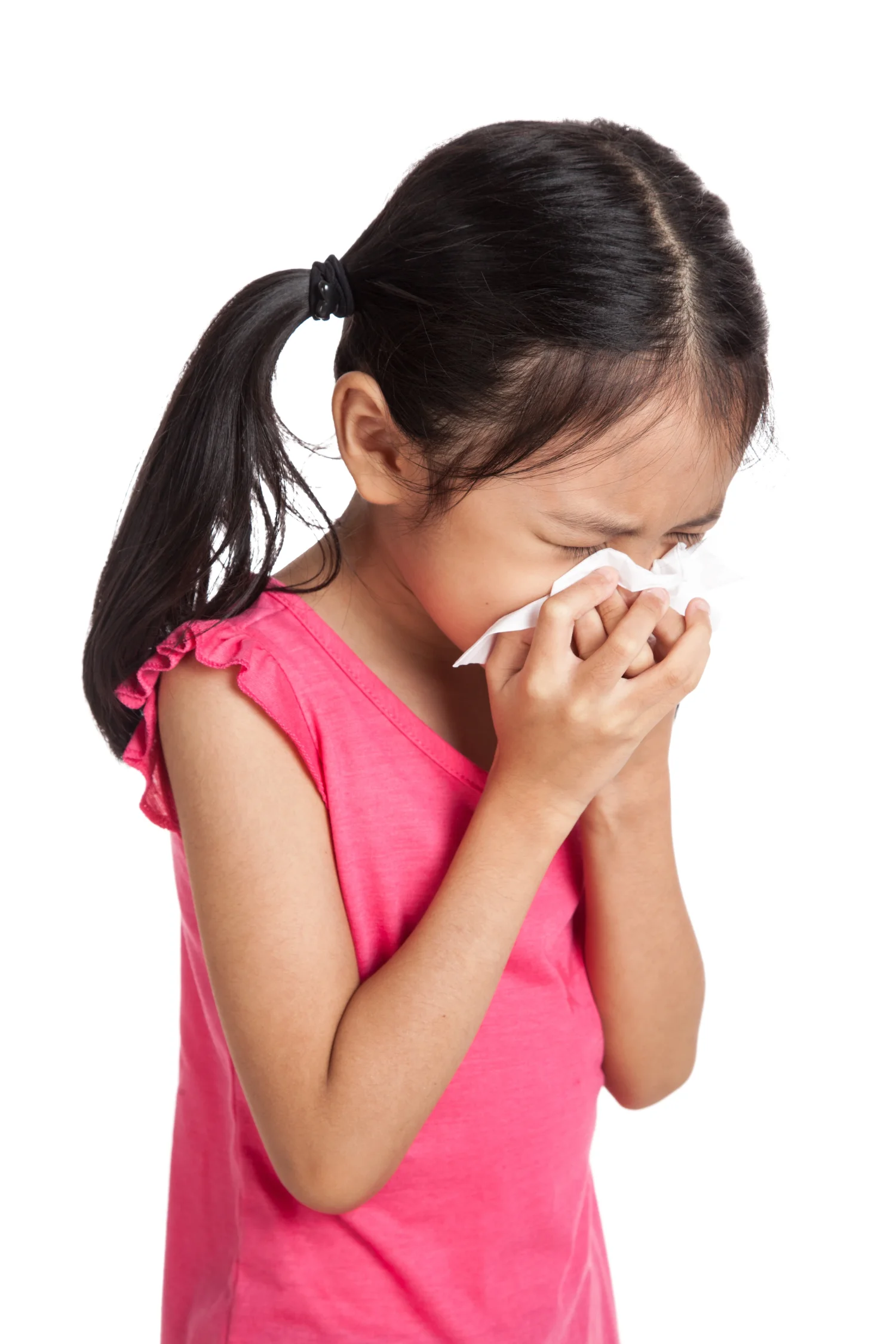News & Articles

Blood Disorders in Kids - Symptoms, Signs & Implications

Blood disorders in kids
Dr Anselm Lee Chi-Wai, a paediatrician with a special interest in paediatric haematology and oncology at Parkway Cancer Centre, talks about blood disorders which commonly affect children.
Blood is the only organ that does not conform to any shape or size in the human body. Yet, it is everywhere. When the body is not well, the blood is affected.
When the blood falls sick, the body will feel it too. Blood disorders affect any of the three main components of blood – red blood cells, which carry oxygen around the body; white blood cells, which fight infections; and platelets, which enable blood to clot.
Blood disorders can also affect the liquid portion of blood, called plasma. Blood disorders in children may come in various forms of anaemia (low red blood cell count). Some of the blood disorders may make the white blood cell counts go up or down. Thrombocytopenia occurs when the platelet count is abnormally low.
Then, there are diseases that affect the blood-clotting function. Patients with abnormal clotting may come with bleeding or blood clots in their circulation. Cancers of the blood or lymph glands (leukaemia or lymphoma) are generally rare, but together they are the most common form of childhood cancer.
Leukaemia and lymphoma may appear with enlarged lymph glands in the neck, anaemia, or swollen organs in the abdomen, but most children with anaemia, enlarged lymph glands or abdominal organs do not have cancer. Blood diseases in children can also come with weakened immunity.
Immune deficiency is a serious disease. Some children die from infections very young without even getting the diagnosis made. But when the diagnosis is made timely, the disease can be treated successfully. Blood diseases in children are different from those in adult patients.
They are common as a whole, but each of the blood diseases is actually uncommon. Blood diseases can be easily missed in early stages. Special tests and expertise are often needed for timely and accurate diagnosis.
Symptoms, signs and implications
Swollen glands/lymph nodes in the neck
- Can be just normal infection
- Vaccination
- Histiocytosis
- Leukaemia or lymphoma
Bruises
- Injury
- Thrombocytopenia (low platelet count)
- Haemophilia
- Von Willebrand disease
- Henoch-Schonlein purpura
- Acquired platelet dysfunction with eosinophilia
- Leukaemia
- Neuroblastoma
Prolonged or repeated fever
- Immune deficiency
- Autoimmune diseases
- Periodic fever syndromes
- Leukaemia and lymphoma
- Neuroblastoma
- Hemophagocytic lymphohistiocytosis
Anaemia
- Nutrition (iron deficiency, vitamin B12 deficiency)
- Thalassaemia
- Spherocytosis
- Bowel diseases
- Diamond Blackfan anaemia and other congenital anaemias
- Aplastic anaemia
- Leukaemia and other cancers
Leukocytosis (High white blood cells)
- Infection
- Inflammation
- Injury
- Drug reaction
- Leukaemia
Leukopenia (Low white blood cells)
- Infection
- Kostmann syndrome and other congenital neutropenia
- Autoimmune neutropenia of childhood
- Leukaemia
Thrombocytopenia (Low platelet count)
- Immune thrombocytopenia (ITP)
- Congenital thrombocytopenia
- Systemic lupus erythematosus (SLE)
- Haemolytic uraemic syndrome, typical or atypical
- Infection
- Leukaemia
| TAGS | anaemia, blood cancer, blood disorders, leukaemia in children, thrombocytopenia |
| READ MORE ABOUT | Acute Lymphoblastic Leukaemia (ALL) in Children, Hodgkin Lymphoma, Leukaemia, Lymphoma, Non-Hodgkin Lymphoma |
| PUBLISHED | 03 March 2017 |
